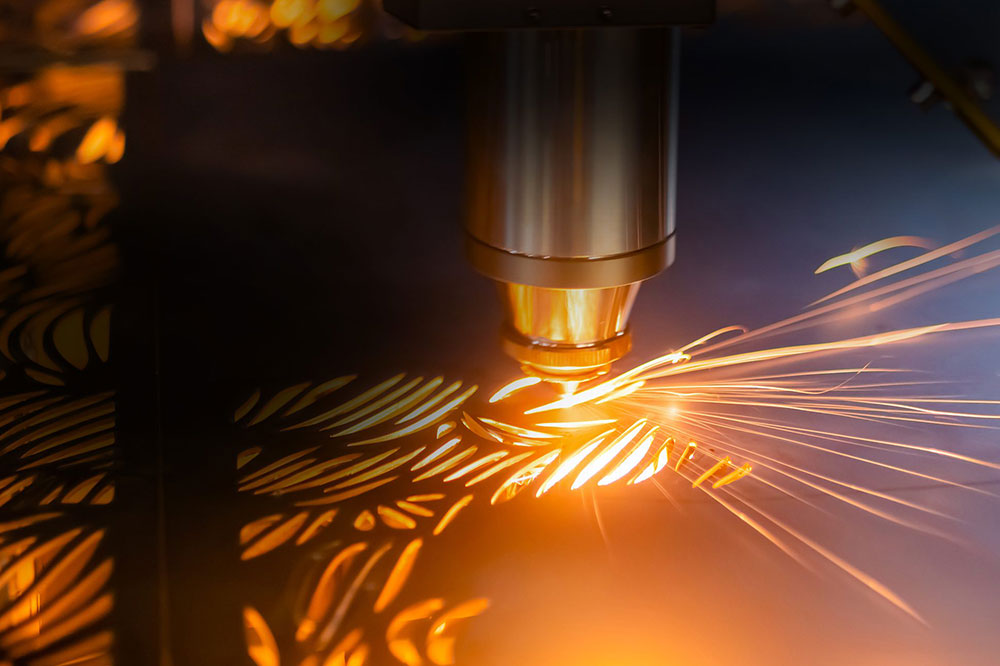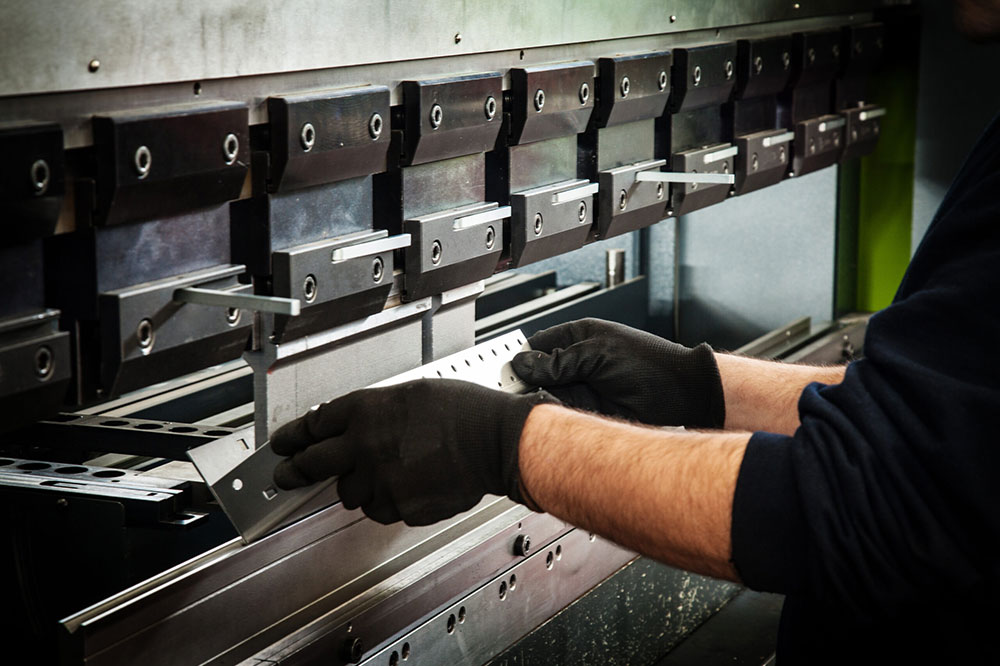Precision Hardware Customized Solutions Manufacturer
Aluminum sheet metal fabrication underpins critical industries—aviation, automotive, electronics, architecture—where lightweight strength and precise form are non‑negotiable. By integrating advanced sheet metal design technology into your workflows, you can minimize defects, reduce costs, and accelerate time‑to‑market. This article dives deeper into design tips, software tools, best practices, and case studies that elevate aluminum sheet metal fabrication from good to exceptional.

Contents
Every high‑quality aluminum component begins on the CAD screen. Thoughtful design:
Prevents Manufacturing Problems: Address springback, thinning, and tool collisions before the first bend.
Reduces Costs: Fewer prototypes, less scrap, and faster cycle times.
Improves Performance: Correctly sized flanges and hems add rigidity without extra weight.
Ensures Consistency: Uniform hole placement and bend radii yield parts that snap together and assemble reliably.
A strong emphasis on design for manufacturability (DFM) cuts weeks off development cycles—a critical advantage in fast‑paced markets.
Building on the foundational six, here are deeper insights and additional examples:
Variable Hole Diameters: Use larger holes in low‑stress areas and taper to smaller sizes near critical features to balance flow and strength.
Staggered Patterns: In vented panels, stagger holes in a hexagonal array (pitch = 2× diameter) for maximum open area with structural integrity.
Case Study: An aerospace fairing used 4 mm perforations at 8 mm pitch—DFM simulation reduced stress concentration by 20%.
Progressive Fillets: Introduce small relief radii near corners to guide material flow in deep draws.
Variable Radii: In tight envelopes (e.g. electronics chassis), mix 1× thickness radii with 1.5× thickness bends to prevent wrinkle formation.
Tooling Tip: Specify “air bend first, bottoming second” in the CAM sequence for complex parts.
Directional Nesting: Align all flanges in one direction to fit downstream presses and conveyors seamlessly.
Fixture‑less Processing: Consistent bend direction allows use of generic “pallet‑style” tooling, slashing fixture costs by up to 40%.
Edge Flange Strengthening: For load‑bearing rails, use double hems with embedded beads to boost moment of inertia.
Tear‑Drop Hem Benefits: Open‑type tear‑drop hems reduce edge cracking by distributing bending strain over a larger arc.
Self‑Locating Joints: Design mating tabs and slots with 0.2 mm interference for press‑fit assembly—no fasteners needed.
Interlocked Latches: In removable panels, add small reverse‑bend tabs that snap into slots, enabling tool‑free access.
Tolerance Zoning: Divide part features into “critical,” “functional,” and “reference” zones.
Critical: ±0.1 mm (mating surfaces)
Functional: ±0.3 mm (mounting holes)
Reference: ±0.5 mm (decorative edges)
GD&T Implementation: Use datum‑based callouts in CAD to control stack‑up in assemblies.
Springback Prediction: Advanced FEA modules in SolidWorks or Autodesk Inventor simulate alloy‑specific springback, letting you offset bend angles virtually.
Material Models: Input true stress‑strain curves for 5xxx and 6xxx series aluminum to get accurate forming predictions.
Nesting Software: Programs like SigmaNEST or Nestfab optimize part layouts, saving 8–12% raw material on average.
Real‑Time Costing: Some nesting tools estimate material and press‑time costs instantly, guiding design‑for‑cost decisions.
Rule Libraries: Add custom DFM rules—minimum bend radius, maximum unsupported flange length, hole proximity—to flag issues in real time as you model.
Collaborative Reviews: Export DFM reports to web platforms for rapid feedback between design and production teams.
| Method | Tolerance | Tooling Cost | Springback Control |
|---|---|---|---|
| Air Bending | ±0.5°–1.0° | Low | High |
| Bottoming | ±0.25°–0.5° | Medium | Medium |
| Coining | ±0.1° or better | High | Low |
Air Bending: Widely used, but requires springback compensation in tooling.
Bottoming: Strikes sheet into V‑die for tighter angles.
Coining: Presses metal into die for full plastic deformation—ideal for precision brackets.
Example Part: An electronics housing with five bends.
Internal flanges bent first
Box‑up side walls
Final C‑channel feature
Result: Proper sequencing reduced tool collisions and eliminated secondary repositioning, cutting cycle time by 15%.
While aluminum welding requires care, small assemblies often integrate welded seams or brackets.
AC/DC Control: AC for oxide cleaning on sheet; DC for deeper penetration on thicker sections.
Heat Management: Use backing bars or chill blocks to dissipate heat and minimize warping in thin panels.
Better Flow: MIG with silicon bronze wire adds filler to gaps, useful for lap joints in aluminum housings.
Low‑Heat Brazing: Reduces distortion in delicate assemblies by operating below melting temperature.
Automated Tumbling: Ceramic media deburrs hundreds of parts in one cycle, smoothing cut edges.
Manual Micro‑Deburr: For critical sealing flanges, hand‑tool deburring ensures leak‑free mating.
Type II Anodize: Standard protective finish, 10–20 µm thick—good for indoor enclosures.
Type III (Hard) Anodize: 25–50 µm for wear resistance—ideal for outdoor or high‑abuse surfaces.
Powder Coating: Dual‑coat epoxy/polyester systems add color and UV protection.
Incoming Inspection: Verify raw sheet thickness (±0.05 mm) and alloy certification.
In-Process Monitoring: Laser angle sensors on press brakes confirm each bend within tolerance.
Final Dimensional Check: CMM or coordinate measuring arms validate critical features and flatness.
Documentation: Complete traceability files—material certificates, DFM reports, inspection logs—to support audits.

Zhuhai Shengwo Machinery elevates aluminum sheet metal fabrication with:
Cutting‑Edge Equipment: CNC laser cutters (±0.1 mm), automated turret punches, robotic press‑brake cells.
DFM Expertise: In‑house engineers use CAD/FEA and nesting tools to optimize for speed and cost.
Rapid Prototyping: Sample parts in 48 hrs; pilot runs in one week.
Certified Quality: ISO 9001, ISO 14001, and SGS‑verified aluminum stock.
Global Delivery: ERP‑driven production planning and logistics for on‑time shipment worldwide.
Partner with Shengwo to transform your aluminum designs into high‑performance, precision‑fabricated reality.
Mastering sheet metal design technology unlocks the full potential of aluminum sheet metal fabrication—yielding stronger parts, faster cycles, and significant cost savings. From optimized hole patterns and bend sequencing to integrated CAD/FEA workflows and automated nesting, these strategies ensure your next project exceeds expectations.
👉 Ready to revolutionize your aluminum fabrication? Contact Zhuhai Shengwo Machinery today for expert DFM support, rapid prototyping, and turnkey manufacturing solutions tailored to your global B2B needs.
Q1: What minimum bend radius should I use?
Use at least equal to material thickness for ductile aluminum; increase for harder alloys.
Q2: How can I reduce springback?
Opt for bottoming or coining in critical bends; adjust CAM offsets based on FEA data.
Q3: What tolerances are typical?
±0.1 mm on form features; ±0.5 mm on hole placements in standard production.
Q4: How do I choose between anodizing and powder coating?
Anodize for interior or light‑duty parts; powder coat for vibrant colors and heavy outdoor use.
Q5: Can Shengwo handle both small and large runs?
Yes—flexible cells allow one‑off prototypes and thousands of parts with equal precision.